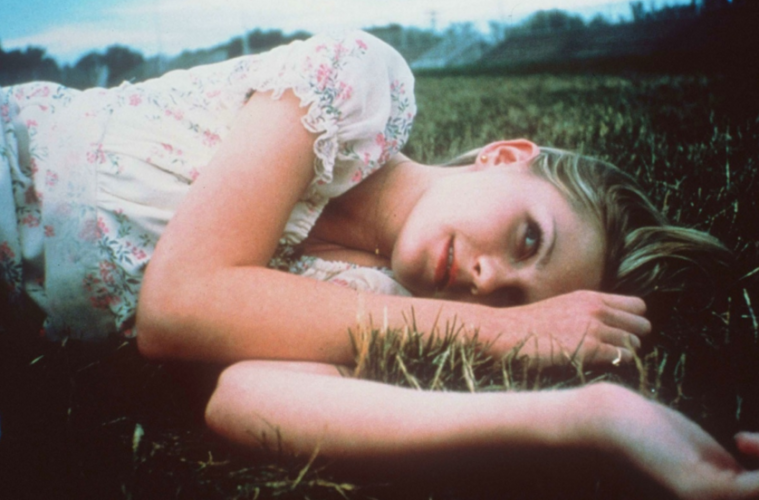
Dailies is a round-up of essential film writing, news bits, videos, and other highlights from across the Internet. If you’d like to submit a piece for consideration, get in touch with us in the comments below or on Twitter at @TheFilmStage.
Scout Tafoya polled a group of critics on the best films directed by women:
Criminally unfair. Those are the two words that spring to mind when I consider the fate of female directors throughout the short history of the cinematic medium. Not enough opportunity. Appalling sexism. Terrible chance and circumstances, coupled with biases, slander and mistrust. When I began asking for these lists from all the critics below many replied reluctantly. Their reasoning that so many of their films would be modern, that so many of the classics would be homogenous, is not without justification. But it’s no one’s fault that we all fall back on the same seven classics. It’s a worldwide shortage of support and funding for female artists. It’s a lack of distribution of more esoteric work by women. It’s many major film industry’s refusal to hire women. It’s a system of neglect and disenfranchisement that can only be called criminally unfair. But that’s not what this poll is about. It’s about celebrating work by brilliant, unique voices in cinema. It’s about encouraging viewers who recognize some of these titles to seek out the rest. It’s about reiterating that some of the greatest art of all time is made by fearless, amazing women who deserve more opportunity, more gratitude and more support in whatever form we can give it. So without further ado, here are some of the best films of all time as chosen by some of our most amazing critical minds. If you haven’t seen them, get watchin’. Everyone was asked for ten, but a few of us cheated.
Hans Zimmer is touring for the first time ever, coming to Europe in April and May, Consequence of Sound reports.
Watch the 40-minute NYFF press conference for Brooklyn:
Interview Magazine talks with actress Bulle Ogier about Jacques Rivette‘s Out 1:
I met Rivette for the first time when he was working on his film La religieuse [1966]. He had summoned me because he had wanted me to audition for the role of the nun, which was played by Anna Karina. At the time I was rehearsing a show with my group at the American Center, where I was working earlier. It was a really interesting group with Jean-Pierre Kalfon and Pierre Clémenti. I told Rivette that I was busy with that, and I wasn’t sure what to do. He told me right away, “Look, it’s much more important for you to continue what you’re doing with your theater group than this role could ever be.” It must have been 1965.
Watch Cary Fukunaga and crew discuss Beasts of No Nation:
Filmmaker Magazine‘s Vadim Rizov on not seeing The Martian, 3D lens misprojection and the wretchedness of the multiplex:
In 2011, Ty Burr wrote an article on the most common scourge of multiplex projection: seeing a film projected that is obviously far darker than it should be because a 2D film is being projected through a 3D lens. This is still happening, and I want to use this website to yell about it a little bit: this is a common problem that simply should not exist at this late date. The rise of digital projection is a cost-friendly win for both studios who can save money on printing and shipping prints and movie theaters, which theoretically no longer have to pay a trained union projectionist who knows what they’re doing and can instead just more or less automate the process, placing the task of “starting the movie” on the same tier of employee importance as sweeping the floors. The results are disheartening.
Watch a video on films not directed by Terrence Malick, but evoke his style:

